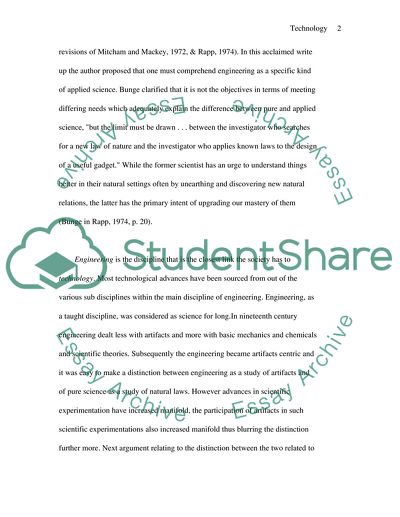Cite this document
(“Is Technology Simply Applied Science Essay Example | Topics and Well Written Essays - 2500 words - 1”, n.d.)
Retrieved from https://studentshare.org/technology/1538135-is-technology-simply-applied-science
Retrieved from https://studentshare.org/technology/1538135-is-technology-simply-applied-science
(Is Technology Simply Applied Science Essay Example | Topics and Well Written Essays - 2500 Words - 1)
https://studentshare.org/technology/1538135-is-technology-simply-applied-science.
https://studentshare.org/technology/1538135-is-technology-simply-applied-science.
“Is Technology Simply Applied Science Essay Example | Topics and Well Written Essays - 2500 Words - 1”, n.d. https://studentshare.org/technology/1538135-is-technology-simply-applied-science.


